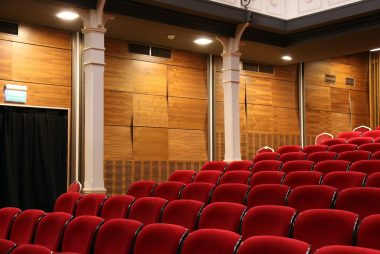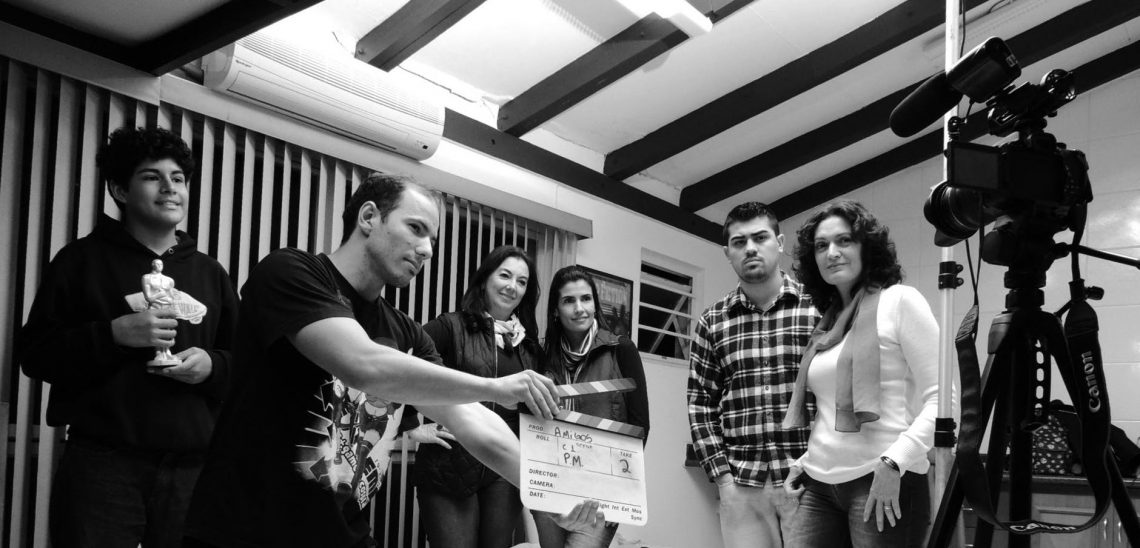Streamlined Support Systems Explained
Consulting a child custody lawyer is often the first lifeline parents reach for when family dynamics shift. Owners under cash-flow pressure can equally benefit from timely business tax debt advice to steady company finances. Even household baristas swear by the precision of a rocket coffee machine australia import to simplify morning routines. These very different examples share a common thread: each delivers targeted, friction-free assistance right when it is needed most.
Why “Support System” Means More Than Help Desk
A support system is any organised framework—legal, financial, technological, or personal—that reduces complexity so people can act with confidence. The best systems feel invisible; they work quietly in the background, leaving users free to focus on goals rather than processes. Whether negotiating parenting arrangements, re-structuring cash flows, or perfecting a crema, the journey to streamlined assistance follows three universal stages: clarification, integration, and feedback.
- Clarification identifies the exact problem and desired outcome.
- Integration assembles tools, expertise, and data into a unified workflow.
- Feedback measures results, then refines the framework for continuous improvement.
Progress stalls when any of these stages is rushed or skipped. Conversely, investing time in each step pays exponential dividends by preventing re-work, confusion, and stress.
Stage 1: Clarification—Pinpointing the Real Issue
Most crises escalate because the root cause hides behind symptoms. Parents may argue about bedtime schedules when the true disagreement centres on communication protocols. Businesses might panic about overdue tax statements when underlying bookkeeping gaps remain unaddressed. Coffee aficionados tweak grind size endlessly before discovering uneven temperature control.
Clarification begins with structured questioning:
- Scope: What must the system resolve?
- Stakeholders: Who relies on the outcome?
- Constraints: What legal, financial, or technical limits apply?
- Success metrics: How will we know things have improved?
Writing answers down forces precision and prevents drift. A solicitor’s intake questionnaire, an accountant’s diagnostic checklist, or a barista’s tasting log all serve this purpose. Once the problem is crystallised, vague terms such as “fair”, “affordable”, or “consistent” transform into quantifiable targets—equal school-night hours, debt reduced by 40 % in twelve months, or espresso extraction within 25–30 seconds.
Stage 2: Integration—Connecting the Moving Parts
Clarification defines what needs fixing; integration determines how. Effective frameworks weave together people, processes, and digital tools so data flows without bottlenecks.
Legal Matters
Family mediations that rely on a central document portal allow parents, counsel, and courts to reference the same version of parenting plans. Automated deadline reminders reduce missed filings. Video conferencing bridges geographic distance and decreases confrontation by shifting discussions to a moderated online space. Each element—communication platform, record repository, and scheduling tool—plugs into a single ecosystem guided by clear permissions.
Financial Restructuring
When advisors link cloud accounting software to real-time bank feeds and forecasting dashboards, business owners see cash trajectory at a glance. Rules within the ledger auto-categorise expenses, while scenario modelling shows the impact of partial repayments or refinancing offers. Integration eliminates duplicate data entry, speeds decision-making, and helps taxation authorities view accurate, up-to-date figures, reducing audit queries.
Domestic Technology
Kitchen workflows benefit from sensor-rich appliances that maintain stable brew temperature, automate backflushing cycles, and alert owners when filter cartridges expire. Companion apps save shot profiles to the cloud, so favourite recipes migrate effortlessly to new machines or shared households. By removing guesswork, integrated technology frees users to refine flavour rather than troubleshoot hardware.
Stage 3: Feedback—Closing the Loop
Even a sophisticated system drifts without measurement. Feedback mechanisms collect performance data, compare it with targets, and trigger adjustments.
- Family law: Post-settlement reviews assess whether parenting schedules remain practical as children age. If weekday logistics change with new schools, the framework adapts early, averting conflict.
- Corporate finance: Monthly variance reports track whether cash balances improve as planned. If actual figures lag by a defined tolerance—say 5 %—automatic alerts prompt strategy discussions.
- Home coffee: Digital scales and shot timers log each extraction. Deviations in pour time beyond accepted range suggest grinder maintenance or bean freshness checks.
Crucially, feedback loops should feel supportive, not punitive. The goal is continuous optimisation, not blame. Data visualisation dashboards, simple traffic-light indicators, or periodic check-ins encourage stakeholders to correct course collaboratively.

Pillars That Make Any Support System Streamlined
- User-centric Design
Interfaces must match users’ skills. Lawyers offer plain-language summaries alongside statutory references; accountants provide colour-coded cash maps; espresso apps use icons rather than jargon. - Interoperability
Open APIs and standard file formats allow different software and hardware to share information seamlessly. Closed silos force manual workarounds that erode efficiency. - Automation with Oversight
Routine tasks—calendar invites, reconciliation rules, boilerplate letters—are prime candidates for automation. Yet human review remains essential for nuance, ethics, and empathy. - Security & Privacy
From privileged client communications to proprietary financial data and Wi-Fi-enabled appliances, robust encryption and granular permissions protect sensitive information. - Scalability
Systems must evolve with user needs. A parenting plan template expands into a co-parenting app; a debt-reduction spreadsheet grows into a full treasury module; a single coffee station scales to café-grade operations.
Common Pitfalls and How to Avoid Them
- Over-engineering: Adding features faster than users can adopt them leads to confusion. Start small, master basics, then layer complexity.
- Data Overload: Collecting metrics without clear purpose overwhelms stakeholders. Track only what informs real decisions.
- One-Size-Fits-All: A template acceptable to a metropolitan family court may not suit rural schedules. Tailor frameworks to context.
- Neglecting Training: Even intuitive tools require onboarding. Allocate time for walkthroughs, Q&As, and refreshers.
- Ignoring Culture: Technology cannot substitute for trust. Secure platforms will fail if participants withhold honesty.
Looking Ahead: Adaptive, Predictive Systems
Advances in artificial intelligence promise support structures that anticipate needs rather than react to problems. Predictive analytics could flag emerging cash-flow gaps weeks before statements turn red. Sentiment analysis within co-parenting chat logs might suggest mediation check-ins when tone shifts. Smart appliances already adjust brew parameters based on bean age detected through weight and humidity sensors. While automation will deepen, human judgement—the lawyer’s empathy, the advisor’s prudence, the barista’s palate—remains irreplaceable.
Conclusion
Streamlined support systems share universal principles despite vastly different domains. They begin with precise clarification, fuse expertise and tools during integration, then rely on continuous feedback for refinement. Whether safeguarding children’s welfare, stabilising corporate finances, or elevating daily rituals, these frameworks free individuals from procedural clutter. What emerges is space—space to plan, to grow, and to savour life’s richer moments with clarity guiding every step.





















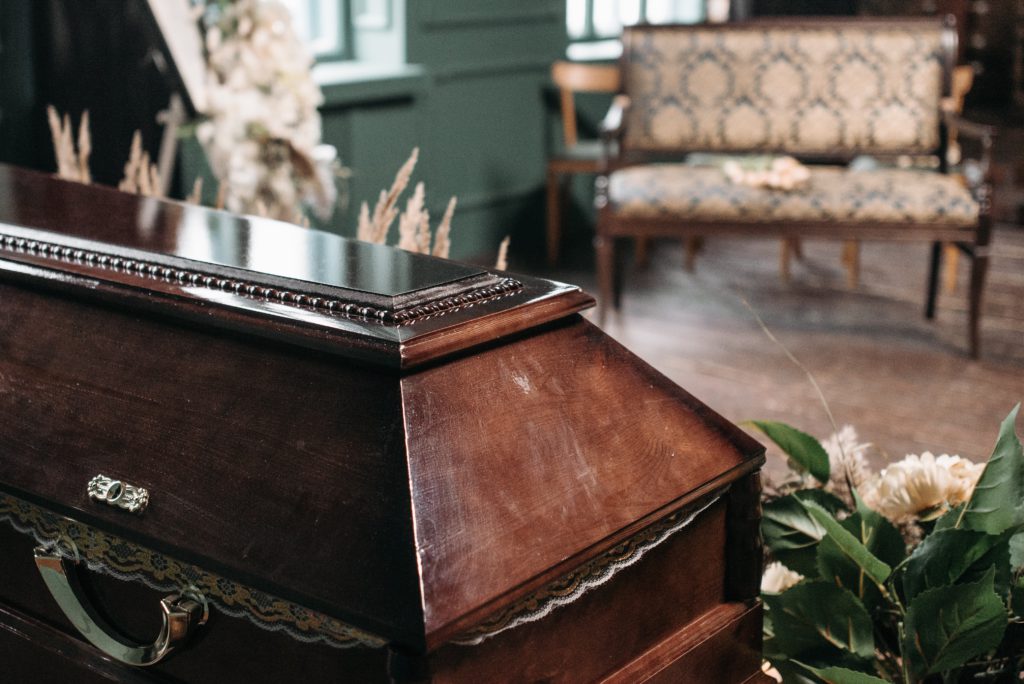






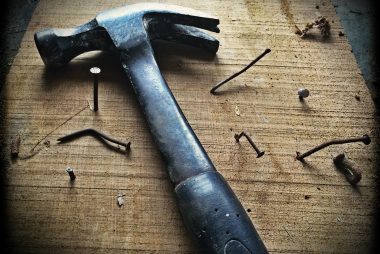
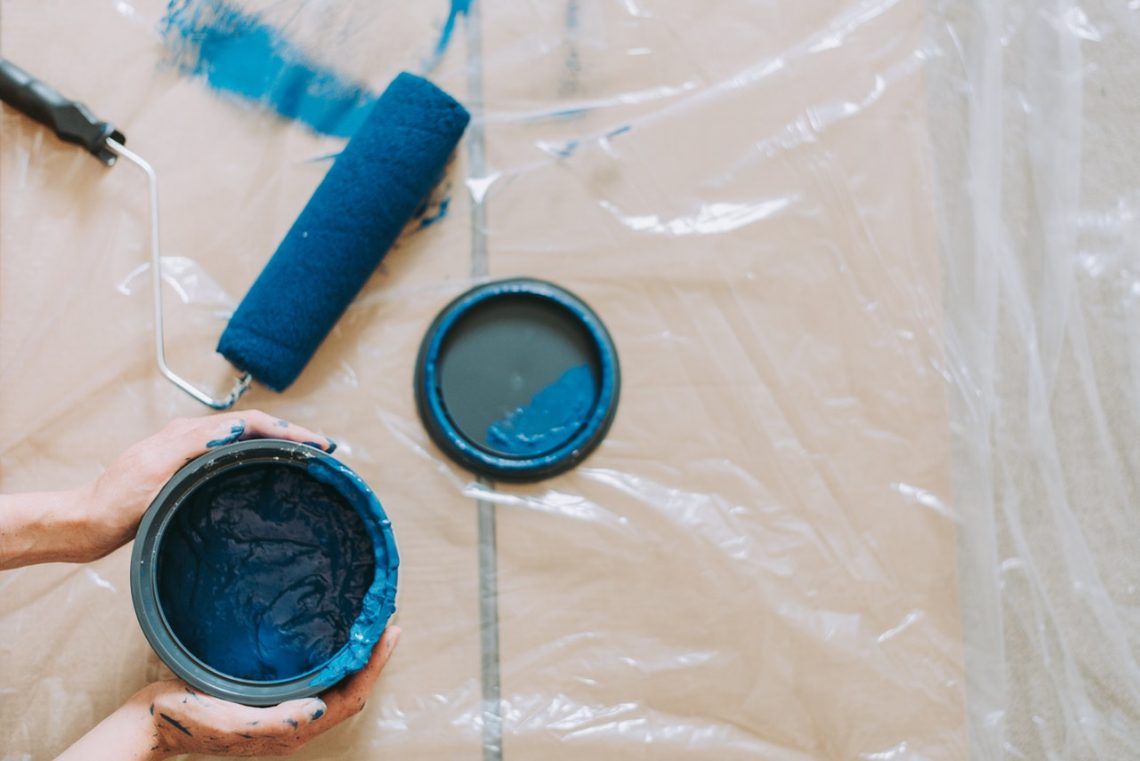



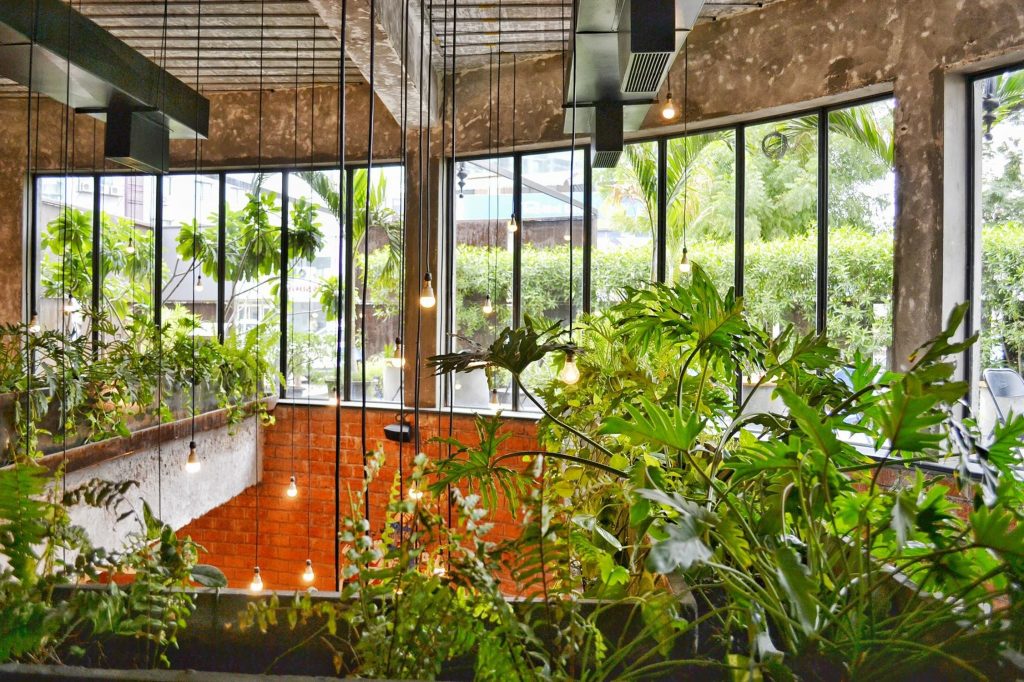

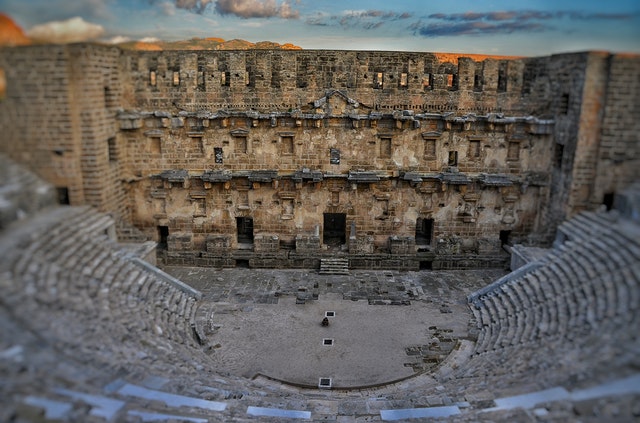 using a coated platform stage against a single side. The crowd stood or sat in coated galleries across the adjacent sides or at the open courtyard. Each of the performances took place in daylight.
using a coated platform stage against a single side. The crowd stood or sat in coated galleries across the adjacent sides or at the open courtyard. Each of the performances took place in daylight.

